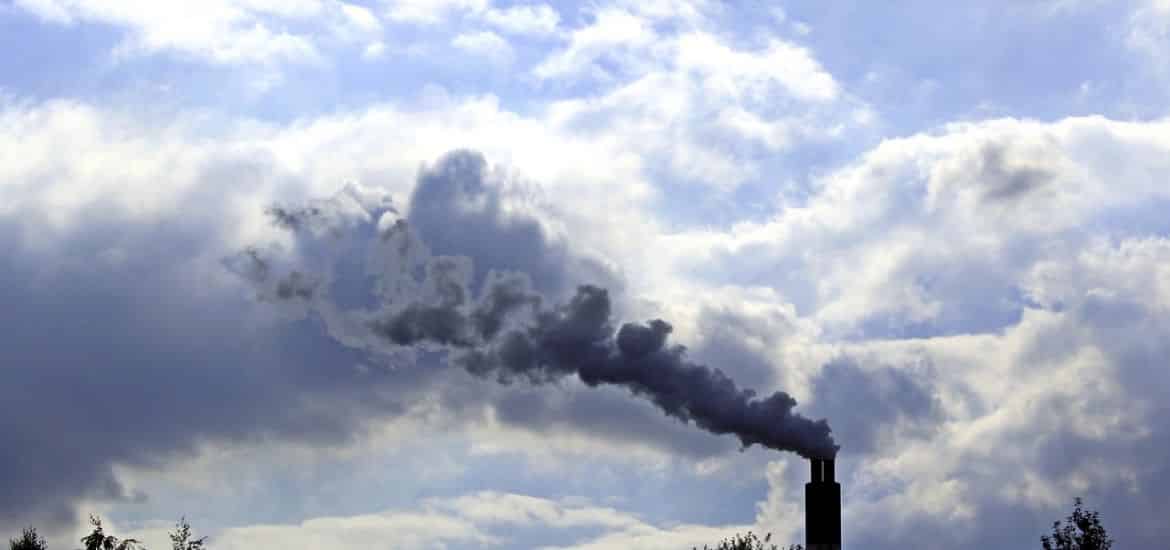Since the initiation of fire, human began to spoil the environment. But during that time the level of pollution was not that much aggressive like today. Pollution is a buzz word which is one of the headache of almost every growing economies concern. Unlike rural areas, urban pollution has been increasing at an exponential rate.
There are different types of pollution. Pollution is not only comprising of air but also noise (sound), soil, water, heat/energy, e-waste (electronics waste) & light. Urban area is root of generating high level of pollution. The reason is the growing population and industrialisations along with the increasing demand. In this competitive world economy, everywhere competition is mushrooming to satisfy the growing aspiration of all kinds of world community. We are entirely forgotten how to keep our surroundings and environment safe and healthy by keeping ourselves so busy in this materialistic world and availing the benefits of living in cities.
In order to reduce the negative health impact of air pollution, it is important to know its sources and quantity. Measurements of fine particles PM2.5 and PM10 serve as indicators of air quality. The recently published study shows, based on the available information, that traffic (25%), combustion and agriculture (22%), domestic fuel burning (20%), natural dust and salt (18%), and industrial activities (15%) are the main sources of particulate matter contributing to cities’ air pollution.
Related: Environmental Education, Importance of Environmental Education
According to the WHO, in 2012 ambient air pollution contributed to 6.7 % of all deaths worldwide. In particular, 16% of lung cancer deaths, 11% of chronic obstructive pulmonary disease deaths, and more than 20% of ischaemic heart disease and stroke are associated with ambient fine particulate matter.
The need to curb air pollution and the associated health risks were identified across the wold. The great amount of risk which increased pollution cases alarmed the leaders all over the world. To reduce and revert the consequences of high level of pollutions, Paris agreement on climate change came into force in December 2015. As per the conditions of the agreement, government of all member nations have an obligation to control the global warming to no more than 2 degree Celsius above the pre-industrial levels. This mark of 2 degrees is being considered as the safety limit by scientists and if crossed then the results will be devastating and hard to control.

Paris climate agreement initiated with 196 parties (UNFCCC- United Nations Framework Conventions of Climate Change) and as of 2018, 195 parties have already been ratified with this agreement and their attempts are also not only to reduce air pollution above the pre-industrial level (2 Degree Celsius) but also to limit within 1.5 degree Celsius. Due to industrial polluted liquid chemicals and dry ashes, the nearby urban areas have been greatly affecting in terms of soil, water and noise. Electronic wastes are another key to urban pollution. Due to the growing electronics devices and technologies, every year lakh tons of e-wastes are affecting the natural surroundings especially in the tier-1,2,3 and highly developed cities.
United Nations report says that about 2 million tonnes of e-waste India generated in 2016 and China produced about 7.2 million tonnes of e-waste out of 45 million tonnes of e-waste produced globally in 2016. Most surprise thing is that more than 4,300 Eiffel towers can be made by accumulating these huge amount of e-wastes produced in between 2016-2017.
Related: Causes & Effects of Indoor Air Pollution, Environmental degradation, Types of environmental degradation
Urban areas are having more number of industries and manufacturing hubs unlike rural areas and villages. All residues (liquid chemicals, dry ashes, contaminated highly corrosion substances) mix up with sea, river water which contaminates to different kinds of living creatures.
All the above cited information are sources to the growing global warming and greenhouse gases. Last but not the least cutting down trees is undeniable and most authenticate reason to the urban pollution. 7 million hectares of forest are lost annually while agricultural land expands by 6 million. The biggest threat to forests today is industrial agriculture production of commodities like Conflict Palm Oil, fabric, paper and logging. Only 4 billion hectares of forest remain worldwide according to Global Forest Resources Assessment 2015.
This is one of the serious concern over worldwide. Estimate says that if a single people will start plant trees then urban pollution i.e. leading greenhouse gases emission would be greatly alleviated with in next few years. This is the time where we should be more vigilant towards our lovable environment which is going to give a better tomorrow to our next generations. Early adoption of precautions will surely improve the healthy climate and avoid the certain catastrophic and natural calamities in the near future.